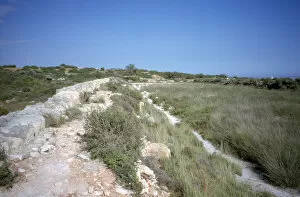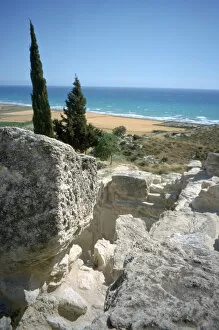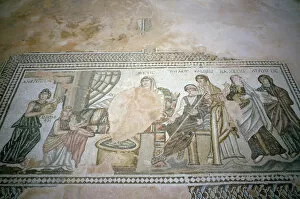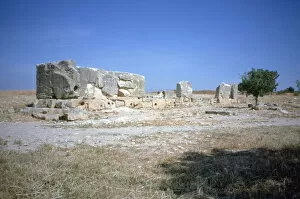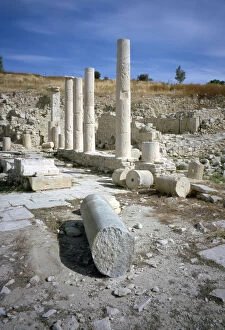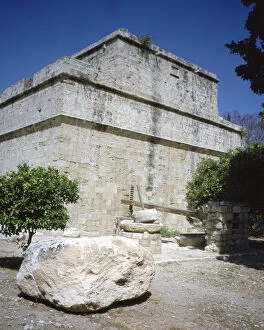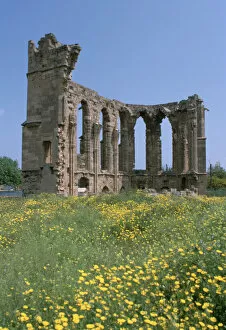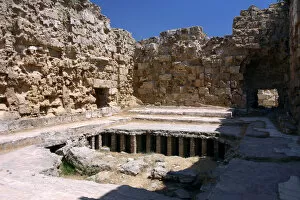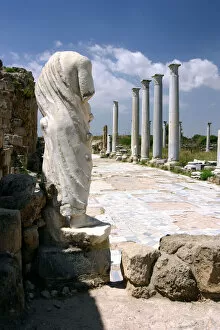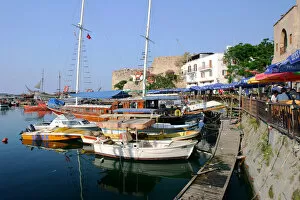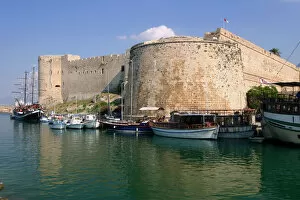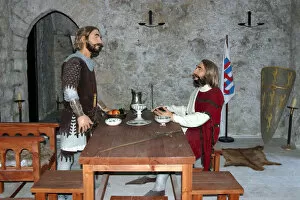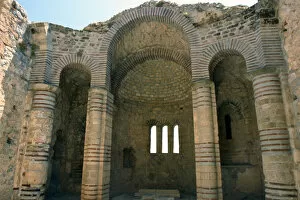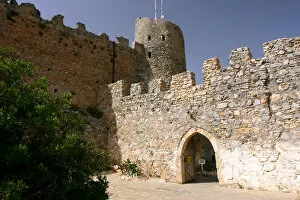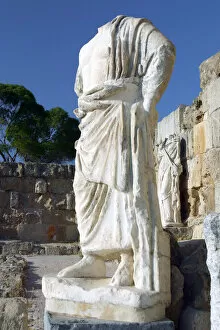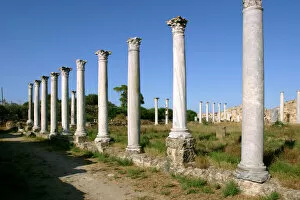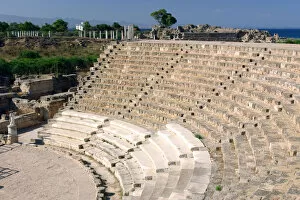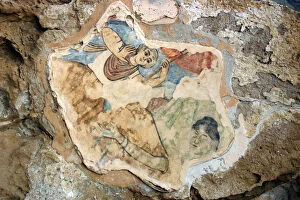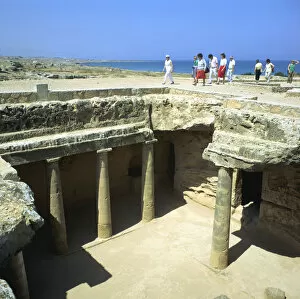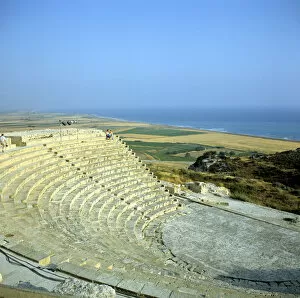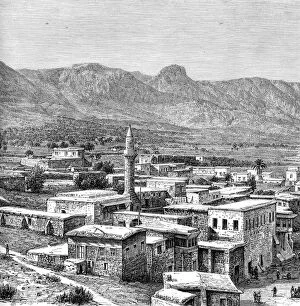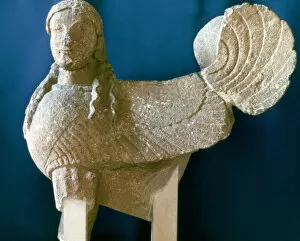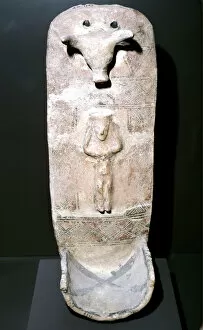Cypriot Collection (page 9)
Discover the enchanting beauty of Cyprus, a Mediterranean gem that captivates with its rich history and stunning landscapes
For sale as Licensed Images
Choose your image, Select your licence and Download the media
Discover the enchanting beauty of Cyprus, a Mediterranean gem that captivates with its rich history and stunning landscapes. Immerse yourself in luxury at Hotel Annabelle in Pafos, where you can indulge in breathtaking views of the azure sea and experience true Cypriot hospitality. Explore the island's charm through a map that unveils hidden treasures like the Island of Venus, known for its mythical allure. Kyrenia Harbour beckons with its picturesque setting, inviting you to wander along its cobbled streets lined with charming cafes and boutiques. In Limassol, lose yourself in a souvenir shop filled with trinkets that capture the essence of this vibrant city. Step back in time as you stroll through Kato Drys village, where traditional architecture transports you to another era. Larnaca welcomes you with open arms, offering sandy beaches and crystal-clear waters perfect for relaxation or water sports adventures. Uncover ancient wonders at The Temple of Apollo at the Sanctuary of Apollo Hylates in Kourion, Limassol – an archaeological site steeped in myth and legend. Marvel at Agia Kyriaki Chrysopolitissa Church in Paphos and Agia Faneromeni Church in Larnaca; their intricate designs showcase Cyprus' religious heritage. Journey to Famagusta's St. George of the Greeks Church to witness Byzantine artistry firsthand. As dusk falls upon Kyrenia Castle and Harbour, be enchanted by their ethereal beauty against a backdrop of fading sunlight. Finally, visit Panagia Chrysopolitissa Church's Pillar of St. Paul – an iconic symbol representing Saint Paul's presence on this sacred land. Cyprus is more than just a destination; it is an invitation to immerse yourself into centuries-old traditions while embracing modern comforts amidst stunning natural landscapes - truly an unforgettable experience.


